How to drain the area from the water: ways
In our country, many different climatic zones, in some warm and dry, in others cool and damp. But in each region there are territories or relatively small areas that are constantly suffering from an overabundance of water. Constant puddles or dirt in the country or near a private house will not please everyone. But excess water is a threat to the integrity of buildings.
We carry out earthworks
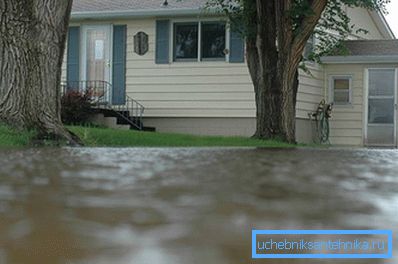
If rain or melt water accumulates on your site, then there may be a different explanation. Most often this happens:
- Due to uneven terrain. If there is a hollow on the site, water will always accumulate there, it will simply have nowhere to flow. It also happens when the cottage or private house is located at the foot of the hill. Such a swampy area will be quite difficult and time consuming to drain.
- If the ground does not pass water well. The clay soil becomes an obstacle to moisture. After the rain, the water does not seep into the depth, but remains on the surface.
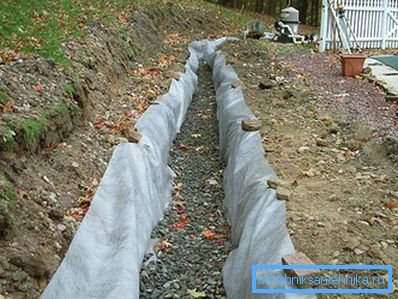
To get rid of water, most often resort to rather time-consuming methods that involve large-scale earthworks. First of all, we are talking about the arrangement of the drainage system. This method is used most often.
Drainage can be performed with a simple surface drainage system. It is enough to dig a trench around the perimeter. This method will help to cope with the task if the area is located at the slope and has a relatively flat surface.
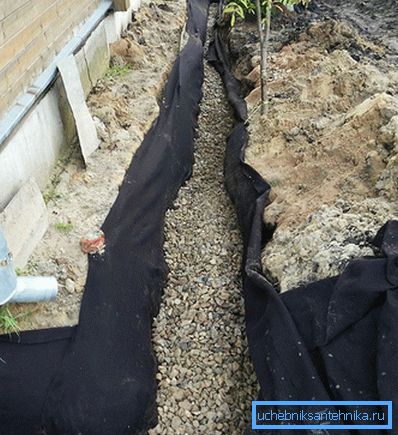
Tip! If you need to get rid of groundwater, then you need to construct large-scale deep drainage. Its arrangement will take you more time and will require additional costs.
With such a system, trenches are digging around the site where drainage pipes are laid. The drains themselves cost money, and besides this you will need other materials. For example, to create a filter layer, you must purchase crushed stone. You also need to purchase various fittings, geotextiles, plastic inspection and drainage wells, as well as much more.
If the swampiness is due to uneven terrain, this situation can be corrected. Enough to hire a few dump trucks and start the land. Especially this method is suitable if your site is located in a valley.

But even areas may be subject to swampiness. In this case, the wrong bias or its complete absence is to blame. Correcting this situation will also help the delivery of land. But here it is important to properly align the plot, so that the slope was in the right direction. It is better to entrust such work to professionals with a set of the necessary tools and devices.
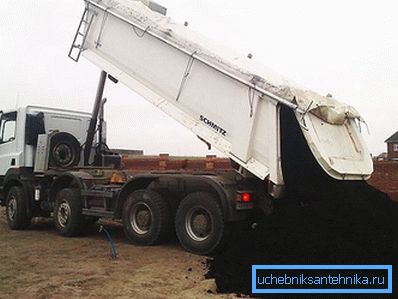
Of course, this method will require you to expend and physical effort. But there are advantages. Firstly, on a flat plot it is easier to plan the location of all buildings and plantings. Secondly, it is possible to deliver fertile black soil. But we all know that the higher the quality of the earth, the better it will grow vegetables, herbs and other plants. This means that, having delivered black soil, you will ensure a rich harvest for several years ahead.
Drain with plants
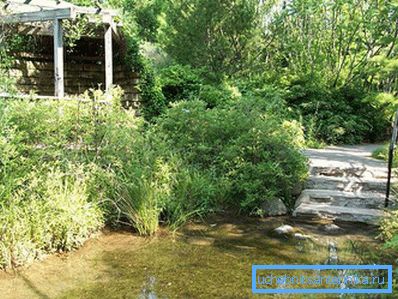
Another method came up with nature itself. There are a number of plants that contribute to the "drying" of the soil around them.

It is very important to choose the right plant. The fact is that some of them have a taproot root system. In such plants, the roots go deep into the ground. And since the water is located close to the surface, they will not have enough air. This circumstance in combination with high humidity will quickly turn trees and shrubs into rot.
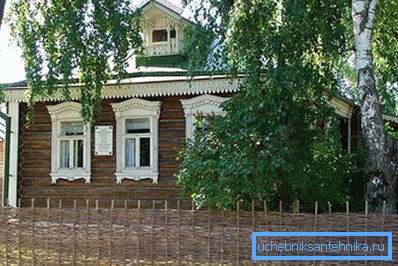
Plant types should be planted:
Moisture-loving trees. These include willow, birch, maple. There is a wide variety of forms and varieties of these well-known trees. Many of them can be a real decoration of your site.

Spruce. This coniferous plant has a shallow root system. This feature allows spruce quite easily tolerate swampiness. But many experts advise, in order not to risk, to land on a small artificially created dais. Just pour a pile of earth, tamp it down and land a spruce in the middle.
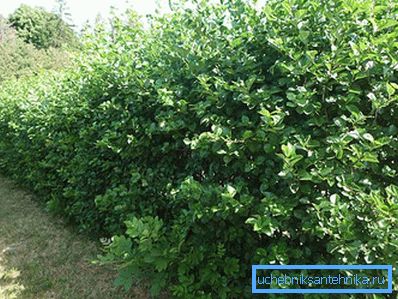
If the bogging is small, then you can protect against water with hedge. Planted around the perimeter of the site such shrubs as dogrose, hawthorn, irga or spirey. Such a fence will decorate your site and will save on the construction of the fence.
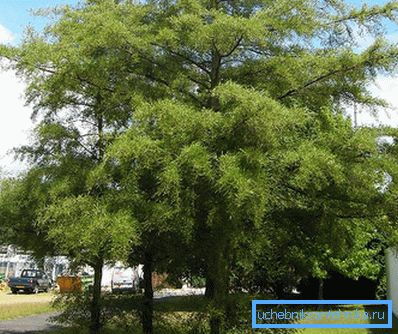
If you wish, you can land poplar or alder. Such trees easily carry large amounts of water. But the poplar and alder are not very beautiful appearance.
Tip! Many people have an allergy to poplar fluff.
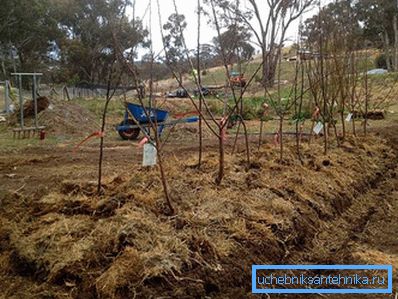
There is little hope for fruit trees. Most of them do not tolerate swampiness. If you still decide to plant fruit trees and shrubsand, it is better to choose varieties with a root system that is located closer to the surface. In addition, it is desirable to plant fruit trees on a small mound.
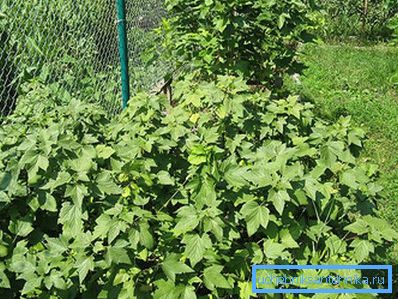
If we are talking about shrubs, it is best suited black currant. Of course, if the water is too much, then it will not stand. Also, experts recommend to plant some varieties of plums. He feels particularly well in wet areas with shreds. This unpretentious plant can survive even in the most difficult conditions. The only drawback can be considered the fruits that not everyone likes.

You can plant some flower plants, especially for these purposes are suitable perennials. For example, breaking a flower garden on a plot consisting of perennial asters, aquilegia, marsh toffee and a number of other floral, you can slightly reduce the amount of water.
Video: how to make drainage of the site and foundation
Watch a video on the drainage system of old tires: